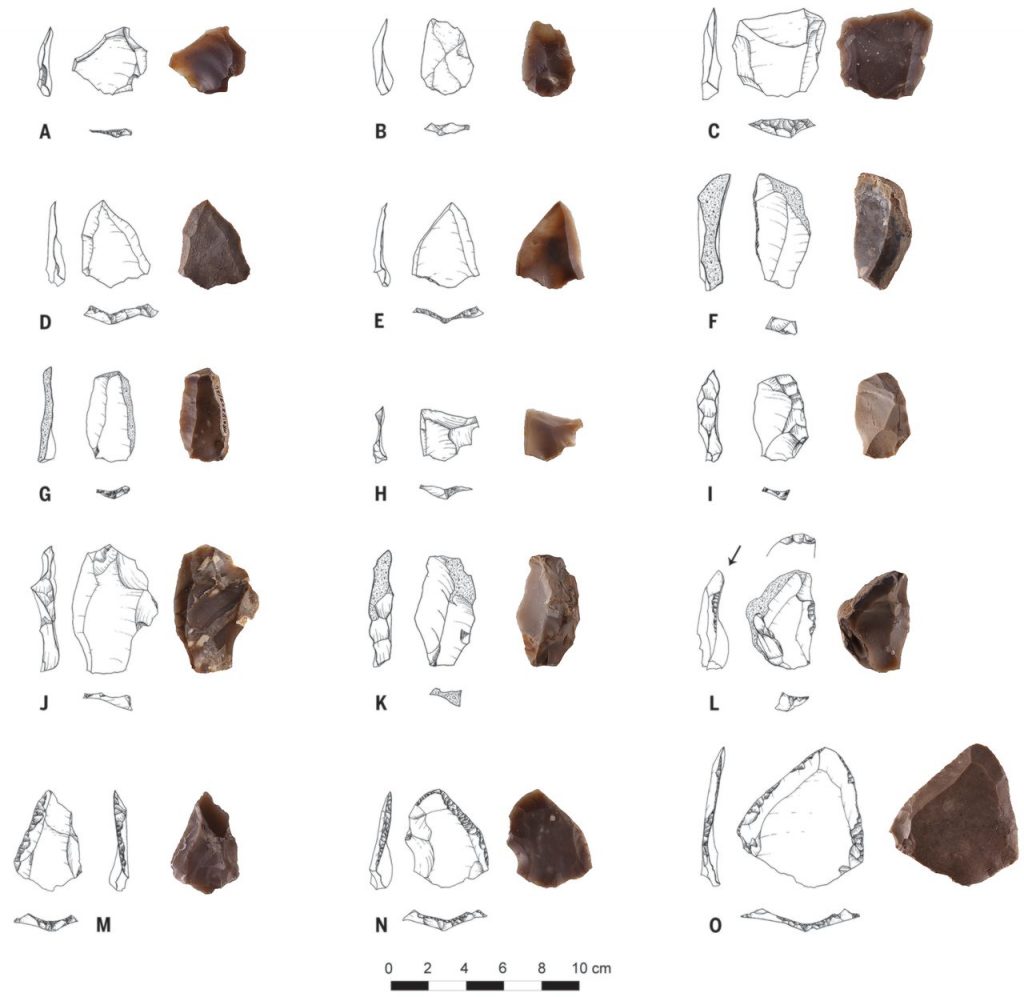A new paper co-authored by two members of the Recanati Institute, Prof. Ruth Shahack-Gross and Dr. David Friesem, was recently published in the prestigious journal Science!
Our understanding of the origin, distribution, and evolution of early humans and their close relatives has been greatly refined by recent new information. Adding to this trend, Hershkovitz et al. have uncovered evidence of a previously unknown archaic Homo population, the “Nesher Ramla Homo” (see the Perspective by Mirazon Lahr). The authors present comprehensive qualitative and quantitative analyses of fossilized remains from a site in Israel dated to 140,000 to 120,000 years ago indicating the presence of a previously unrecognized group of hominins representing the last surviving populations of Middle Pleistocene Homo in Europe, southwest Asia, and Africa. In a companion paper, Zaidner et al. present the radiometric ages, stone tool assemblages, faunal assemblages, and other behavioral and environmental data associated with these fossils. This evidence shows that these hominins had fully mastered technology that until only recently was linked to either Homo sapiens or Neanderthals. Nesher Ramla Homo was an efficient hunter of large and small game, used wood for fuel, cooked or roasted meat, and maintained fires. These findings provide archaeological support for cultural interactions between different human lineages during the Middle Paleolithic, suggesting that admixture between Middle Pleistocene Homo and H. sapiens had already occurred by this time.
Read the full text here.


